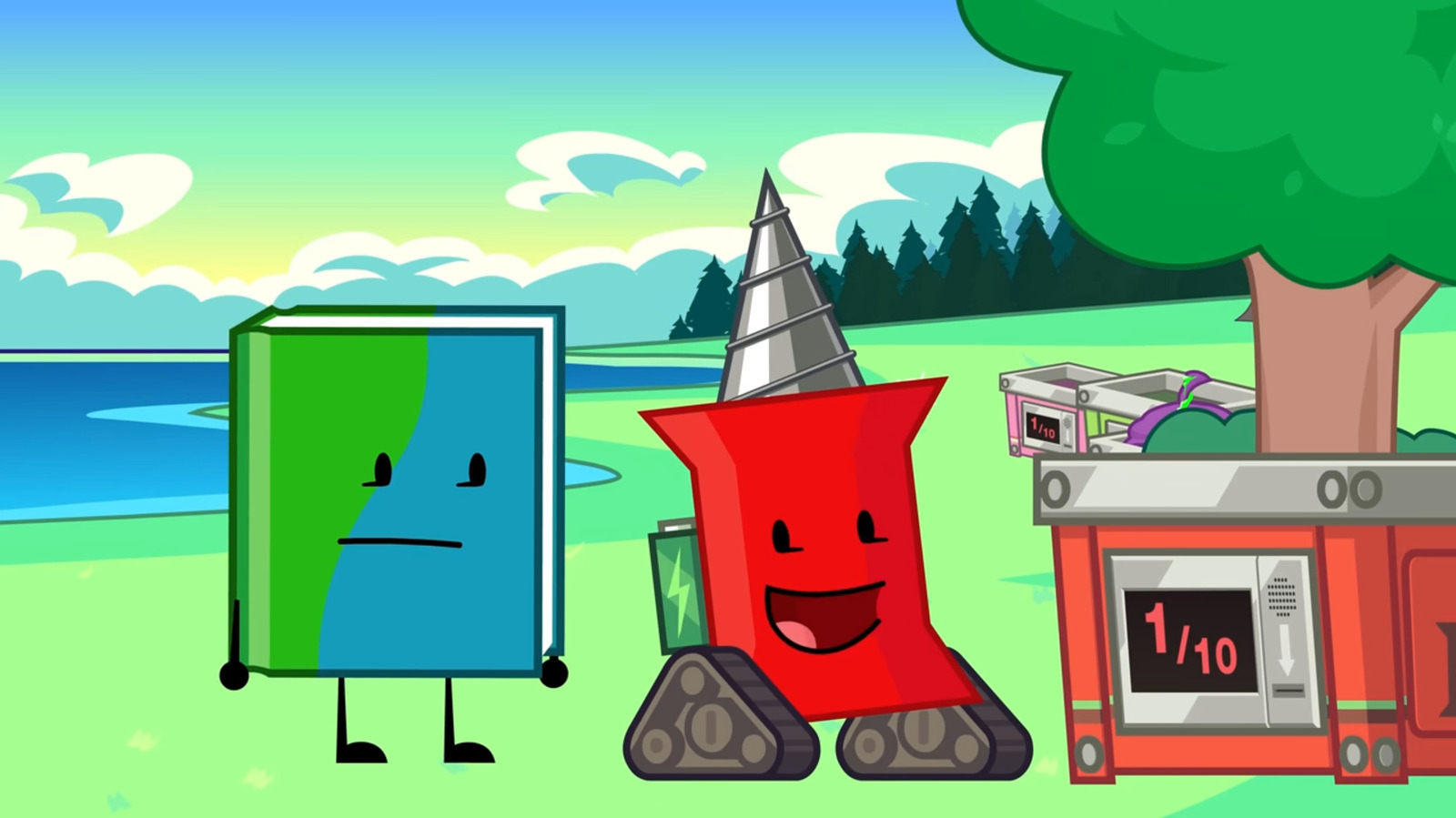Useful information
Prime News delivers timely, accurate news and insights on global events, politics, business, and technology
Useful information
Prime News delivers timely, accurate news and insights on global events, politics, business, and technology

If you spend any time with people under, say, 12 years old, you might… could — get to know the object shows. An Object Show is, for adults, an animated series that features a large cast of anthropomorphic inanimate objects competing in “Survivor”-style competitions. The objects are usually designed in a simple stickman style and tend to be named after what they are. Pencil, Leafy, Book, Bubble, etc. Object shows are wildly popular, but they have bypassed all traditional commercial distribution methods and are posted directly to YouTube. The most popular Object Shows have millions of subscribers and their videos are repeatedly viewed by their numerous Gen-Alpha fans. If your child knows Skibidi Toilet, they will know about the object shows.
Additionally, some of the object shows regularly appear in theaters at special Fathom-style screening events that regularly sell out. Naturally, there is merchandise available at these screenings and many Object Shows have their own online stores where they sell t-shirts, plushies, lamps, etc.
However, despite its popularity, raw information about Object Shows is scarce. You can learn about them through various fan Wikis, but there are no notable articles about them, their creators, or the influence they seem to be having on children’s entertainment culture. The most popular Object Show, “Battle for Dream Island”, has no Wikipedia entry, despite having 3.19 million subscribers on YouTube and despite regularly posting animated videos at a constant rate for 15 years (!). Object shows are what we older people called an “underground phenomenon.” Although given the way the monoculture has fractured in recent years, object shows may actually be more important than anyone realizes. This kind of stuff is what kids watch instead of movies or studio-approved television. Object shows may be the future.
As the father of a 10-year-old boy, I am intimately familiar with “Battle for Dream Island,” a series created and executive produced by brothers Cary and Michael Huang (under the name jacknjellify). Watching some of their early short films reveals that the Huangs conceived “BFDI” while they were still children, playing with rudimentary animation programs at home. There’s a sweet, straight-up kindergarten appeal to “BFDI,” as the characters are mostly brightly colored household items. Other characters are more abstract. There’s a purple lump of matter called Winner, for example, and a beige cube called Loser. There is a stick man named David who can only say the phrase “Oh, really?” All the characters and ideas seem like idle inventions conceived by bored fourth graders.
There is also a strange childish logic to the series. The Objects, as mentioned, are all part of a game show within the show, in which they compete for dominance of an off-screen fantasy land called Dream Island. Contests are usually simple, like winning a race or climbing a wall. Sometimes they can reach the absurd or even violence. Items are divided into teams, and the rigmarole of selecting a team name is a highlight of the series. Sometimes a team name can be a musical arpeggio or a group of unpronounceable letters.
AND – and this can be key — there is an interactive element to the object shows. Characters compete in contests, but often in an elimination style. YouTube viewers can leave comments and vote on which characters they would like to see saved. If a character is eliminated from the show, it changes the course of the drama. The creators of Object Shows allow viewers to dictate what the ensemble will be.
Also vital to interactivity is the regular inclusion of fan art in the program. “BFDI” fans often invent their own Object characters and mail them to the Huangs, who will often introduce them on screen during the show. The protagonists will walk through a field and dozens of characters created by fans will be in the background. Fans will want to tune in to see if their drawings will appear. Naturally, as these shows progress, more and more characters are added, until there are more characters than Pokémon.
Characters die all the time in “BFDI”, but they can be easily restored using a magic machine with a hand crank. The Huangs have exploited the immortality of the characters well, and several Objects resent that they are sacrificed regularly. As the Huangs grew older and their ideas became more sophisticated, the stories became more intense. This also happened with other Item Shows. The “Inanimate Insanity” series, found on the AnimationEpic YouTube channel, evolved into a litany about friendship and the consequences of a casual betrayal.
You can point to shows like “BFDI” as the reason Hollywood is faltering. Kids seem more attracted to YouTube these days, where home video game tutorials and amateur animated object shows take up most of their time and attention. Disney is busy trying to figure out how to attract a new generation to “Star Wars,” when all the new generation wants is more genuine, creator-driven art. The Huangs captured the audience with their silly little cartoons about talking numbers and managed to make it their signature concert.
There may not be much information about artifact displays, but it’s probably the future. Lively and unstudy empires.